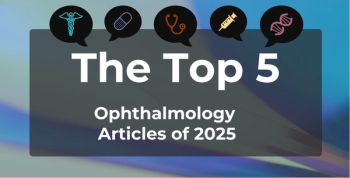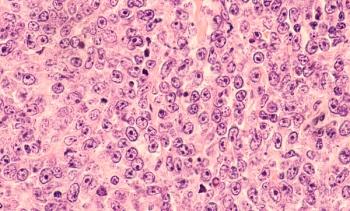
Study Assesses Real-world Outcomes of Immunotherapy in Patients With HCC, Comorbidities
A poster presentation from the 2022 American Society of Clinical Oncology (ASCO) Gastrointestinal Cancers Symposium suggests more research is needed to confirm the optimal treatment algorithms for patients with hepatocellular carcinoma.
A retrospective single-center
While the
In addition, there are no established second-line or beyond therapy options after a patient has progressed on ICIs, according to the poster presentation. Rather, all the currently approved second- and third-line treatments were evaluated after patients progressed on the tyrosine kinase inhibitor (TKI) sorafenib.
The retrospective cohort study included 118 patients at Los Angeles County and USC Medical Center and USC Norris Cancer Center who were treated for HCC with a single-agent ICI regimen (ICI-SA) or combination ICI treatment (ICI-C) between 2012 and 2021. The median age was 63 years, and eligible patients included those with compromised liver function who would otherwise not meet eligibility criteria for clinical trials.
Seventy-three percent of patients in the cohort had baseline CP-A, 25% had CP-B, and 2% had CP-C. More than 50% of patients had albumin-bilirubin (ALBI) grade 2 or worse. Cirrhosis etiology included hepatitis B (13%), hepatitis C (45%), alcohol liver disease (16%), nonalcoholic fatty liver disease (10%), and 16% “other.”
Of the overall patient population, 81% had prior local therapy. Fifty-two (44%) received a TKI as first-line therapy, 42 (36%) received ICI-SA, and 15 (13%) received ICI-C. A further 8 patients (7%) received a clinical trial agent (CTA) and 1 (1%) received chemotherapy. A total of 91 patients received 2 or more lines of therapy, and 61 received 3 or more. Fifty-seven received ICI-SA in the second line or beyond, and 14 received ICI-C in the second line or beyond.
In all lines of ICI therapy, the median treatment duration was 4 months. Median overall survival (OS) was 14 months in the overall cohort and 11 months for those who received first-line ICIs. Median OS in a subset of 31 patients who received a TKI after ICI treatment was 19 months, or 6.5 months from the start of TKI treatment in the second line.
Both CP and ALBI scores were significantly associated with OS in this study. Patients with ALBI grade 1 (least severe) had a median OS of 20.5 months, those with grade 2 had a median OS of 13 months, and patients with grade 3 ALBI had a median OS of 8 months based on Kaplan-Meier survival estimates. Patients with CP-A, CP-B, and CP-C had median OS of 19, 11, and 6 months, respectively.
“Survival outcomes for the entire cohort were consistent with those reported in recent phase 3 trials, despite inclusion of patients with poorer baseline liver function,” the authors wrote.
There were higher rates of therapy discontinuation due to cirrhosis and cancer-related complications in the cohort who received first-line ICI, which may be due to this cohort including more patients with CP-B cirrhosis, according to study authors. Physicians may also be more likely to treat patients with poorer liver function with ICI-SA in the first-line setting, the poster notes. This population in particular warrants more research going forward.
Overall, the study adds real-world survival outcome data to clinical trial results of ICIs in HCC treatment with similar outcomes in a wider patient population. It also suggests that patients with advanced HCC and CP-A or CP-B cirrhosis can receive sequential treatment that includes ICIs. Further real-world data on a range of population subgroups would help confirm the best courses of treatment going forward, the authors concluded.
Reference
Habib D, Patel R, Algaze, et al. Single-center real-world treatment and outcomes in patients with hepatocellular carcinoma receiving immunotherapy. Presented at: 2022 American Society of Clinical Oncology Gastrointestinal Cancers Symposium; January 20-22, 2022; San Francisco, CA and virtual. Accessed February 2, 2022. https://meetinglibrary.asco.org/record/204976/abstract
Newsletter
Stay ahead of policy, cost, and value—subscribe to AJMC for expert insights at the intersection of clinical care and health economics.







































